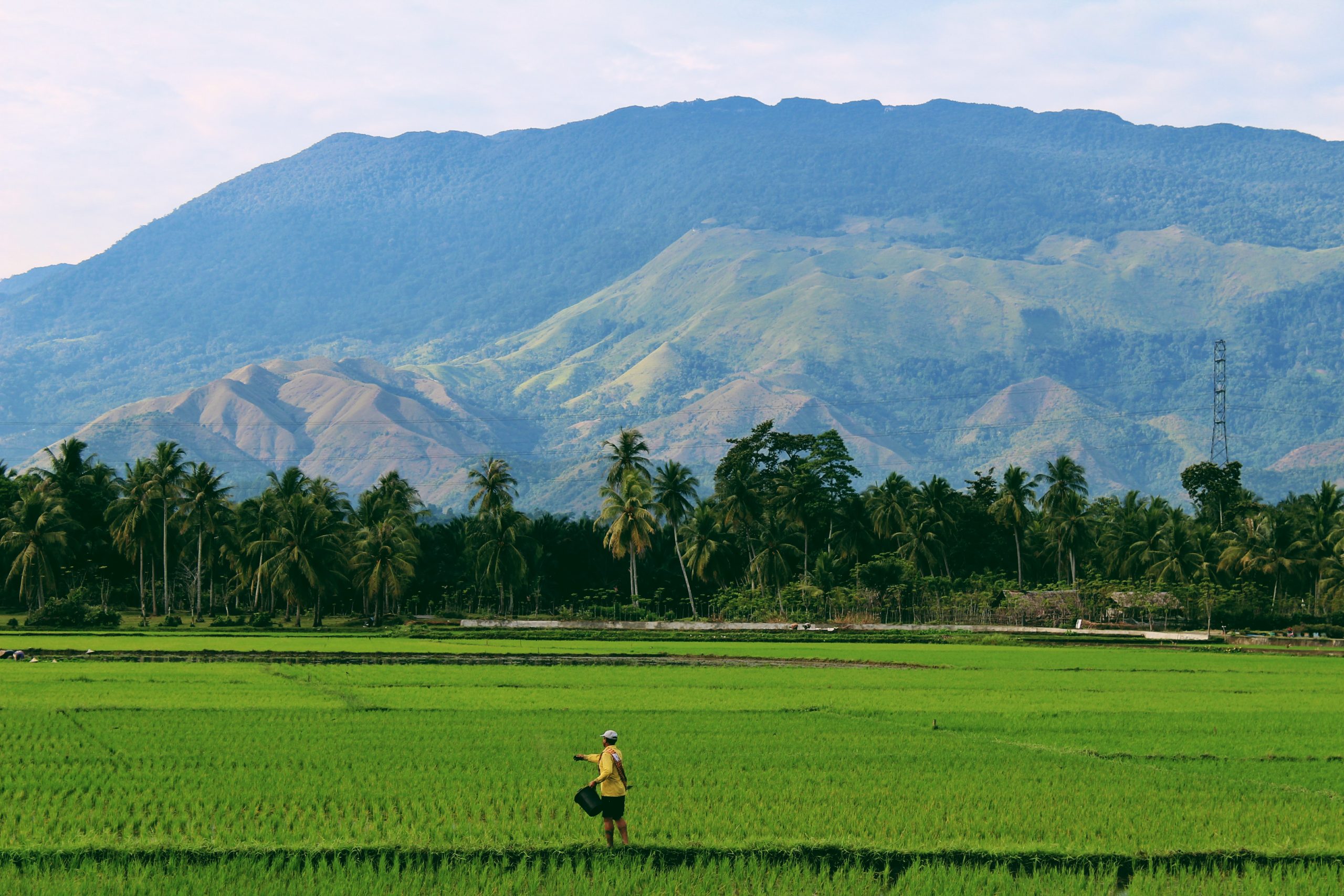Welcome to the first article in Journeys, a series focused on startups and founders making a social or environmental impact.
Fish farming, or aquaculture, often conjures up an image of tranquility. After all, it’s making a living by the sea.
What most people don’t know, though, is that there’s much more happening beneath the surface. While aquaculture may appear to be the picture of serenity, in reality, farmers face several uncertainties that threaten their business and way of life on a daily basis. A storm can come in from the sea, creating changes in currents and disrupting marine life. Subtle shifts in water temperature — a common problem thanks to climate change — can affect the fish’s feeding habits and growth rate. Any number of external factors can impact these farmers and their income.
It’s a tenuous way of making a living, but companies like Umitron are helping to reduce the uncertainties these farmers face. Established in 2016, Umitron creates systems that help farmers measure, predict, and mitigate external factors like the weather and the fishes’ feeding response.
These take the form of different tiers, the most basic of which is Umitron Pulse. This is a free mobile app that monitors satellite-based local ocean data, with parameters such as wave height, water temperature, dissolved oxygen, and salinity, among others. These are displayed on graphs that show current and past trends, so farmers can predict potential situations and respond in time.
“We chose these key seven to eight parameters that we thought would be good for [the farmers],” said Joyce Leo, the business operations manager at Umitron. “It gives them a head start in thinking about environmental data and the importance of feeding.”
When farmers are comfortable with using data in tandem with their operations, the next step is to integrate sensors and systems that can help to streamline their daily operations. Umitron also has Umitron Cell, a smart feeder that enables farmers to monitor feeding response and adjust their feed times and amounts accordingly. Consequently, this not only helps them save on costs but also reduces the environmental impact of excessive feed in the water.
Other systems include Umitron Lens, which monitors the size of fish, and Umitron FAI, which utilizes machine learning to analyze fish school behavior. These systems have helped farmers produce harvests more consistently and on time — with some even producing six months ahead of schedule — and tap into better market pricing.
Aquaculture is not a new concept. Fish farmers have been using tried and true methods for years, so, are farmers actually receptive to the idea of using AI and machine learning, or do they view it as a disruption to a traditional way of life?
Naturally, there is some resistance. Some farmers view the technology as policing or monitoring, or as a way of taking away jobs. In the long run, however, the technology helps them. As aquaculture is a gradually dwindling way of life, there is often no way for farmers to pass down their knowledge to the next generation. Umitron offers them a way to preserve the legacy of their knowledge by incorporating it into the algorithm.
The immediate benefit of this is that it’s much easier to train new workers or feeders, ensuring consistency and scalability in farm operations. It also results in greater sustainability for the aquaculture industry as a whole.
To help farmers find their footing, Umitron team members often visits these aquaculture farms for weeks at a time, teaching farmers to use the technology and working together to develop a solution that works for them. “It’s very much a collaborative journey,” said Joyce.
Umitron has worked with aquaculture farms all over the world, from the United States to Europe to Asia. Some of these projects involve government support, like in Ehime, Japan. “We’re working closely with the government to support the farms that are undergoing a digital transformation in the region,” said Joyce. From there, the resulting success can be replicated in other regions, supercharging the production scale and speed for an entire industry.
The Umitron team’s extensive knowledge of AI, IoT sensors, and machine learning is in part due to the founders’ background. Previously engineers at the Japan Aerospace Exploration Agency (JAXA), they decided to use their technical expertise in addressing the pressing issues of food security and sustainability instead. Every member of the team is passionate about their shared mission — Joyce herself was a marine scientist before she joined Umitron.
The company hopes to make even more of an impact, now that they have offices in both Singapore and Japan. “We want to roll out sustainable solutions for the Southeast Asian market, and establish a bigger global presence,” said Joyce. The company is currently seeking Series B funding and hopes to have its IPO in the next five years.
Other plans include supporting farmers in getting their products to market beyond their local municipality, by providing them with the logistics and network of contacts needed. “For instance, salmon producers in Scotland may want to sell to Japan, but they don’t have the necessary contacts,” explained Joyce. “Since we have those contacts, we help connect them. We want to help farmers get out of survival mode and expand their global access.”
Visit Umitron here.

